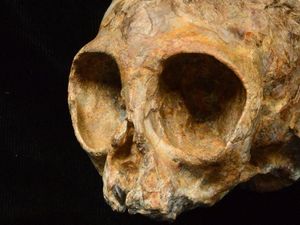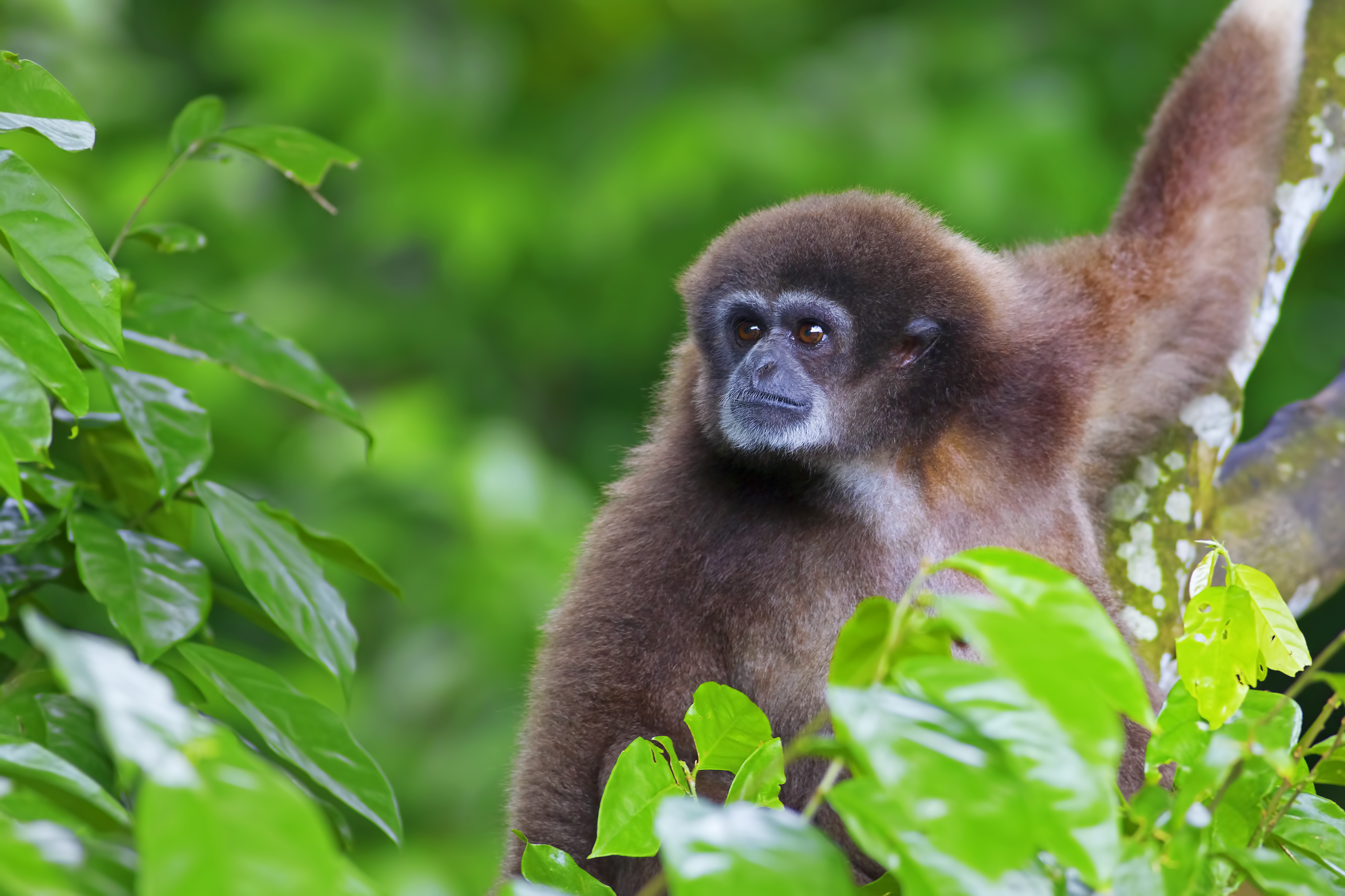Thirteen million-year-old primate fossil skull sheds new light on human origins
Almost nothing is known about the earlier evolution of our common ancestors with apes, called “hominoids”.

A 13 million-year-old primate described as being like a non-acrobatic gibbon could shed light on the great mystery of how apes became human, scientists say.
The infant creature, whose remarkably preserved fossil skull was found in northern Kenya, is not related to living apes and humans but may have looked similar to our long-extinct ancestor.
Unlike the famously acrobatic gibbons of southern Asia, it would not have been adept at swinging from branches, evidence suggests.
An ape species that split to produce chimpanzees and humans is thought to have lived in Africa around seven million years ago.

The new fossil, nicknamed Alesi, was discovered in the Napudet area near Lake Turkana, where numerous remains of ancient human ancestors have been found.
As well as dating to the “dark ages” of human origins, it is also the most complete extinct ape skull in the fossil record.
Scientists assigned it to a new species, Nyanzapithecus alesi. The species name is taken from the Turkana word for ancestor, “ales”.

3D X-ray imaging revealing details of the skull’s brain cavity, inner ears and unerupted adult teeth, showed that Alesi was about one year and four-months-old when he or she died.
A clue to the creature’s behaviour came from its inner ear, which houses the balance organ.
Dr Fred Spoor, a member of the international team from University College London, said: “Gibbons are well known for their fast and acrobatic behaviour in trees, but the inner ears of Alesi show that it would have had a much more cautious way of moving around.”

Lead author Dr Isaiah Nengo, from De Anza College in California, US, said: “What the discovery of Alesi shows is that this group was close to the origin of living apes and humans, and that this origin was African.”





